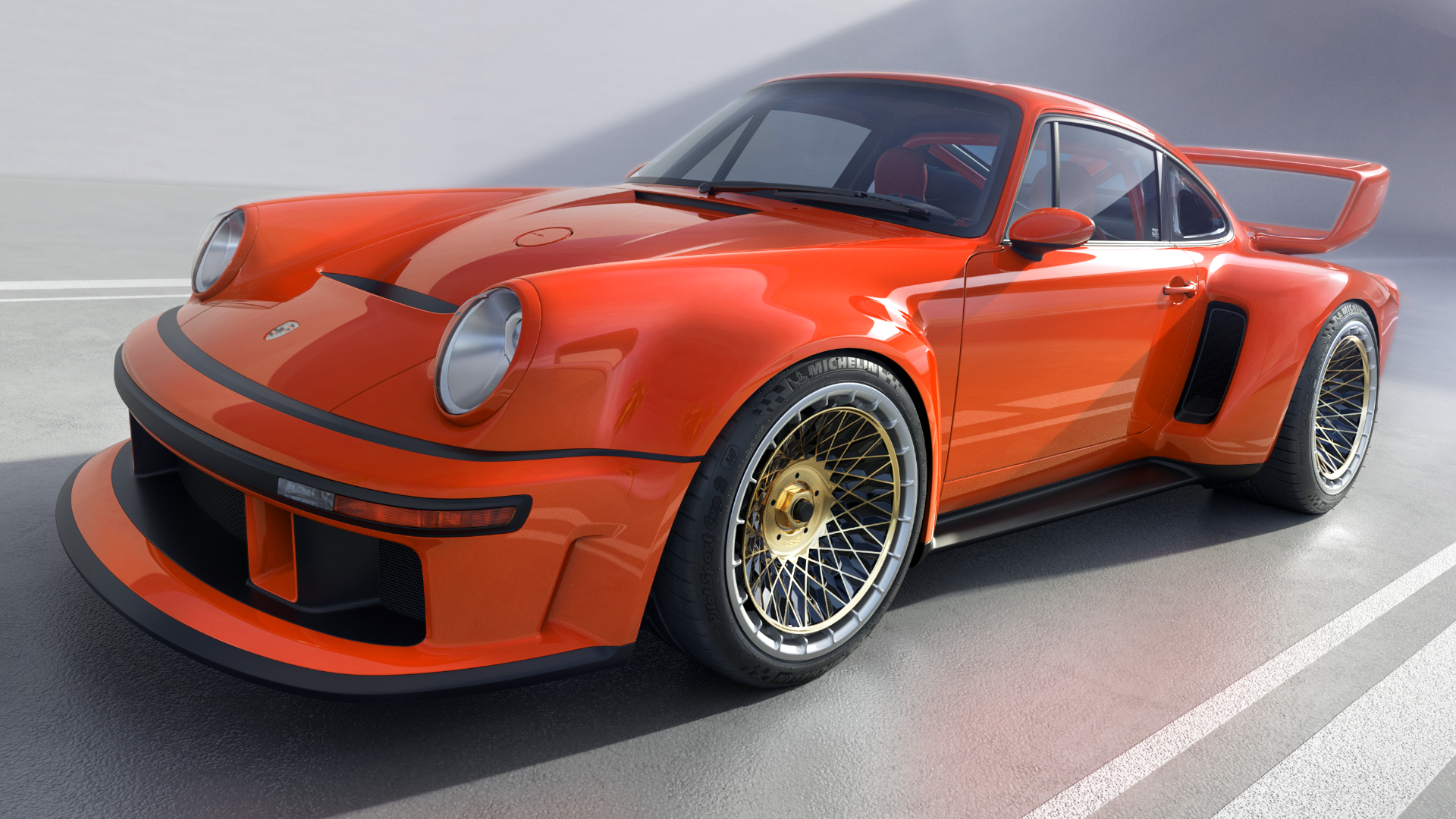

Vintage Porsches are special things. While the company’s roadgoing sports cars remain some of the finest ever built, Porsche’s racing cars of yesteryear inspire a mix of fear and adulation all their own. The Singer DLS Turbo aims to offer those very thrills in an exquisitely restored package.
The DLS Turbo is the company’s take on the classic 1977 Porsche 934/5, a racing variant of the 911 Turbo. Assembled from the chassis and engine of the earlier 934, and wore the wheels, tires, and wild rear wing of the 935. Built for Group 4 competition in IMSA, the car was nonetheless banned before its first race. Instead, it ended up taking on the SCAA Trans Am series, with the 934/5 winning 6 out of 8 races that year.


Singer’s take builds on its previous work on the Dynamics and Lightweighting Study, adding forced induction to make the DLS Turbo. Based on the 964 generation 911, it nonetheless harkens back to the company’s brawny 1977 race car in its design.
Where the race car was a battle-hardened beast, though, Singer’s version bears the jewelry-like finish and accouterments that the company has become famous for. Key to the Singer offering is a gloriously-restored interior built to the owner’s exacting specifications.


Building a DLS Turbo starts with fully disassembling an owner’s 964, right down to the chassis. It’s then cleaned and prepared for restoration. New modified bodywork is primarily made in carbon fiber, offering benefits in both weight and stiffness compared to the car’s original panels.
Singer’s parts aren’t just a cheap recreation, either. The company has taken the 934/5 as inspiration while doing its own aerodynamic analysis work to ensure every duct and wing works as it should. Of particular highlight are the aerodynamic elements at the rear, including the diffuser bumper with an awesome side-exit exhaust.




As far as the engine goes, Singer uses the car’s original stock engine as the basis for its work, albeit rebuilding it from the ground up with new high-performance components. The result is a twin-turbocharged 3.8-liter flat-six that delivers over 700 horsepower with a redline past 9,000 rpm. It’s aided by modern hardware like electric wastegates and air-to-water intercoolers. Nonetheless, it should have a power delivery furious enough to remind one of the fire-spitting Porsche race cars of last century.
Singer will gladly tune the DLS Turbo for road or racing use, at the owner’s direction. Either way, the car gets carbon-ceramic brakes and a six-speed manual gearbox. Options include track-oriented suspension with remote adjustment and a variety of wheel and tire choices to suit different use cases. The car can be set up to accept different aero configurations for either role, with Singer offering both track- and road-oriented versions of the front fascia and rear wing.





Normally, you might consider it sacrilege to stick big wings on a 1980s Porsche to make it look like a 1970s race car. Singer’s quality and reputation is on another level, though, and its services are continually in high demand. It’s hard to imagine a more exquisite example of a reimagined Porsche race car from the golden era of motorsports.
Got a tip? Let the author know: lewin@thedrive.com